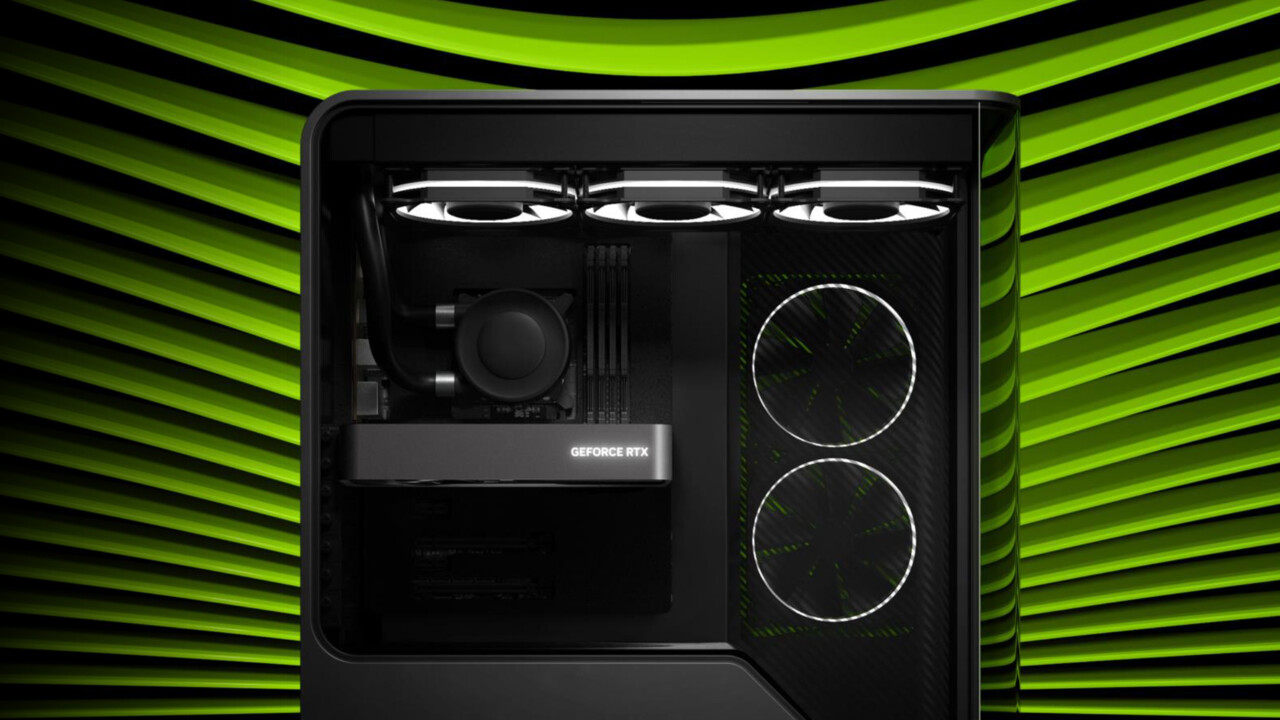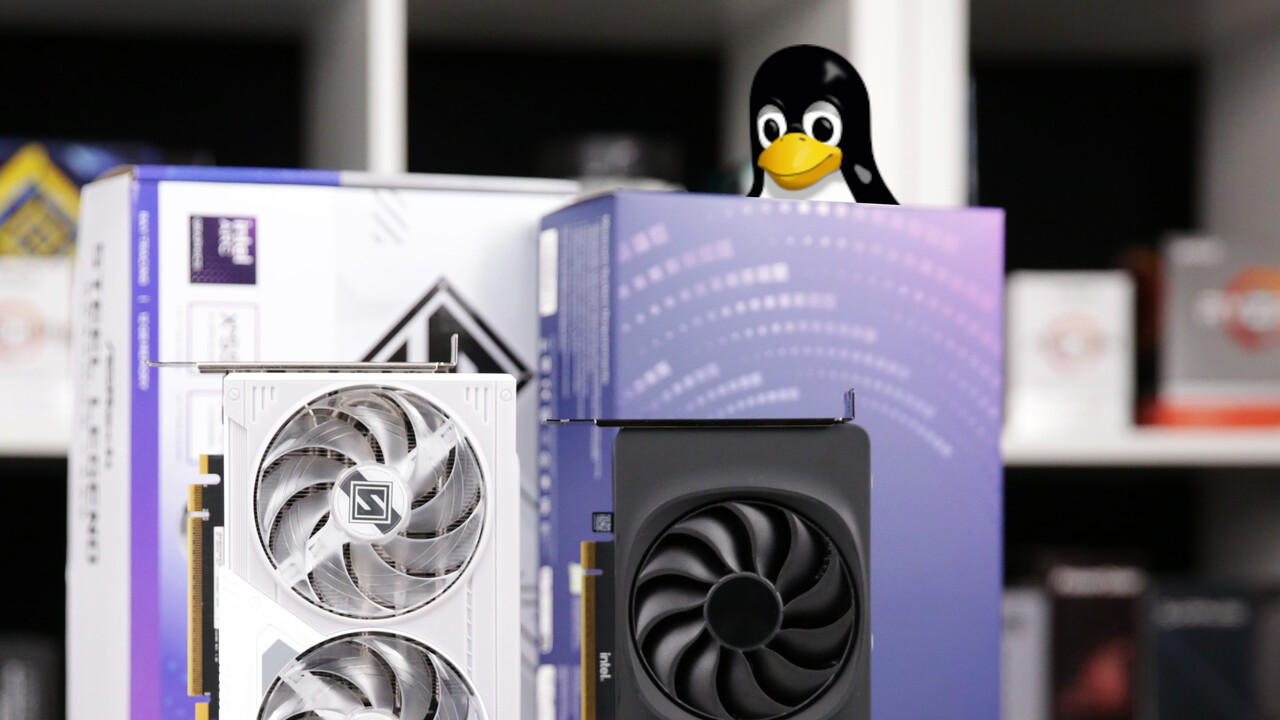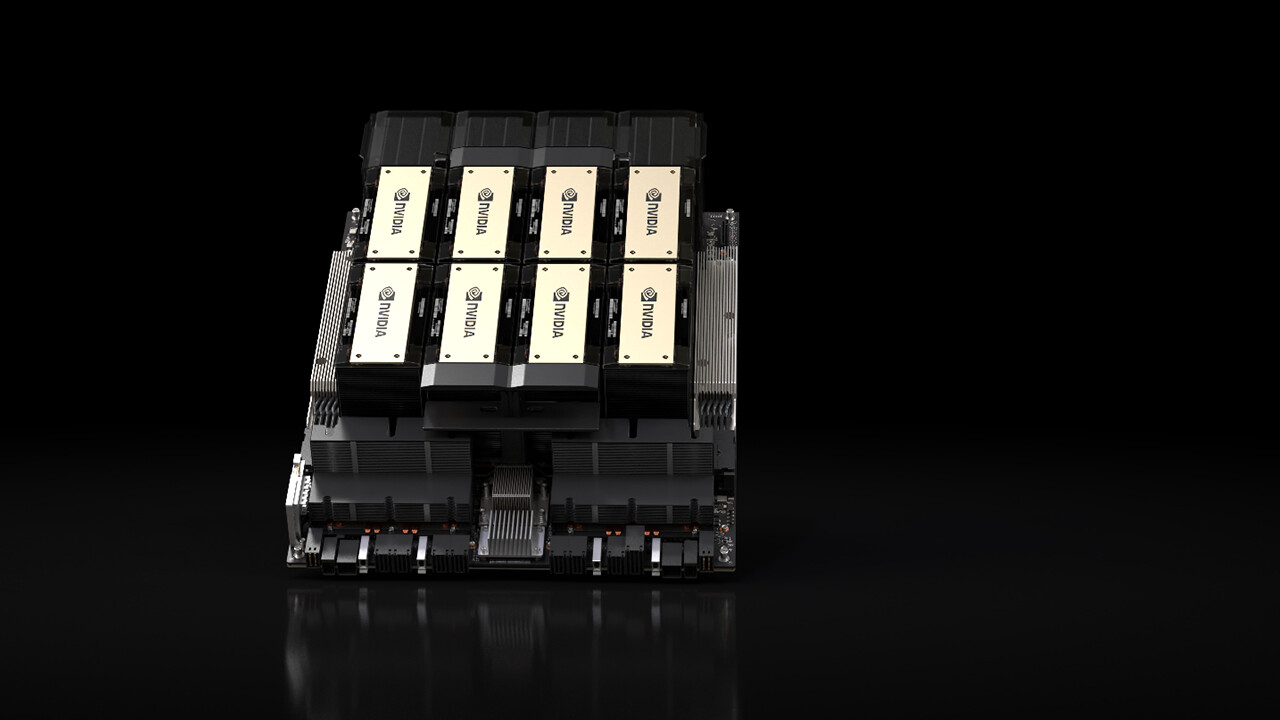GeForce RTX 5060 8GB: Nvidia Leaves Only 103 Reviews Before Release

Image: Nvidia
Unlike usual, there will be no independent reviews or benchmarks for the GeForce RTX 5060—presumably because the manufacturer wants to hide the “native” performance or any issues with the 8GB graphics memory alone. “Previews” from selected publications should now mask this weakness.
Organized Preview Instead of Independent Tests
Rumors had already announced that there would be no reviews for the GeForce RTX 5060, which will be released on May 19th. Usually, there are two to two weeks before the release under NDA. Even editorial offices that obtain a graphics card through consulting partners or dealers before the release can therefore begin testing at the earliest when the standard GeForce driver is updated. Therefore, there will be no testing on Monday, according to TechAstuce.
In fact, the manufacturer is going further, as it became clear Saturday afternoon: the first “previews” of the GeForce RTX 5060 have appeared. The background is that Nvidia has definitely provided a graphics card and a suitable driver—but only if they have agreed to present the graphics card exclusively in a light organized by NVIDIA. In German countries, Gamestar Tech participated in this program and explained that NVIDIA has set strict requirements both for the participating graphics cards as well as for the games and graphics settings from which the “preview” must not deviate.
Nvidia has made the following demands:
That’s why Nvidia is limiting the press
The reasons for these restrictions are obvious. On the one hand, the manufacturer prevents comparisons with its direct predecessor, which takes at least a single frame generation. On the other hand, more powerful graphics cards or models from the competition—meaning, significantly, AMD—are completely hidden. Players of the “previews” must be configured accordingly.
On the other hand, NVIDIA can prevent specifications from being tested in games that are ahead of or are just starting out on the market, games that don’t support frame generation or don’t place high demands on graphics memory or its capacity. Because even at Full HD, 8 GB may be exceeded in more and more games in 2025—even at settings that can still be GPU-driven in principle.
Speaking of Full HD: Nvidia likely prescribed the low resolution for the same reasons. Thanks to DLSS, the GB-206 GPU would be able to play many games in higher resolutions such as WQHD or even UHD; however, this requires more graphics memory. In these comparisons, the GeForce RTX 5060 should have potentially held its own against the GFORCE RTX 3060, equipped with 12 GB of VRAM.
Nvidia Plays the Media Off Against Each Other
The debate over misleading and marketing references to Nvidia’s fairy tales about a graphics card that only offers 8 GB in the $300 price class is four years after its predecessor, the GeForce GTX 1060 or RTX 2060 (Super). But also because Nvidia is playing publications off against each other with the “Preview” program to present less experienced gamers with a potentially brilliant and particularly incomplete picture of the new bread-and-butter class.
By giving selected publications the opportunity to sell predetermined benchmark results as test results in order to gain an edge over other media outlets in reporting and thus financial gain, the manufacturer, on the one hand, fuels journalism and undermines the work of the entire industry.
Furthermore, gamers are potentially being led around the nose. Nvidia already took a similar approach with the GeForce RTX 4060. A manufacturer that is so confident in its own products shouldn’t actually have this. The only conclusion can be drawn: Nvidia is ashamed to once again sell gamers 8 GB of graphics memory for around 300 euros in 2025; the GeForce RTX 5060 is embarrassed by your manufacturer.
Our recommendation: Don’t buy.
Independent reviews and benchmarks of the GeForce RTX 5060 can only be expected in the coming week. In case of doubt, testing takes even longer because small editorial offices in particular are tied to Taiwan due to the upcoming Calpex. Techastuce essentially advises purchasing hardware that has not only been independently tested, but does not even need to be independently tested for market launch.
NVIDIA GEFORCE RTX 50 – SPECS RTX 5080 RTX 5070 TI RTX 5060 TI RTX 5060 BLACKWELL GPU GB 203 GB 205 GB 205 GB 205 GBC 4N TRANSISTORS 92.2 billion 45.6 billion. 21.9 billion chip size 750 mm² 378 mm² 181 mm² SM 170 84 70 48 36 FP32-Alus 21.760 10.960 6.144 4.608 3.840 RT cores 170, 4th Gen 70, 4th Gen 36, 4th gene Ki-Kerne 680, 5th gen 336, 5th gen 280, 6th gen 192, 6th gen 144, 6th Gen Boost Corloge 2,407 MHz 2,617 MHz 2,512 MHz 2,572 MHz FP32 Performance 104.8 Tflop 419 TFLOPS 175.8 TFLOPS 94.8 TFLOPS 76.8 Units Texture Tflop GBPS -Interface 512 Bit 192 Bit 128 Bit Bandwidth 1.792 GB/s 960 GB/s 896 GB/s 448 GB/s Slot Connection PCIe 5.0 × 8 Video Engine 3 × NVENC (9th)))
2 × NVDEC (6th generation) 2 × NVENC (9th generation)
2 × NVDEC (6th generation) 2 × NVENC (9th generation)
1 × NVDEC (6th generation) 1 × NVENC (9th generation)
1 × NVDEC (6th generation) 1 × NVENC (9th generation)
1 NVDEC (6th generation) TDP 575 Watt 360 W 300 W 250 Watt 180 Watt 185 Watt 145
The Team Editorial thanks many readers for the information on this post.
Topics: Dangercase Danger RTX 50 Debience RTX 5060 NVIDIA Graphics Cards NVIDIA Blackwell

An engineer by training, Alexandre shares his knowledge on GPU performance for gaming and creation.


